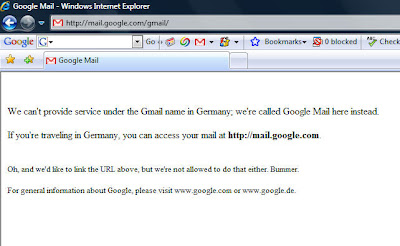Facebook's new Like alternatives present brands with measurement problems
I like to warn brands – be careful what you measure as you tend to get it. An example of this would be brands who optimise their Facebook activities around the number of Likes they get. A Like is rarely a meaningful business objective. Facebook strategies can still be shaped in order to boost the number of Likes, though, sometimes at the expensive of better objectives.
But at least a Like is a countable, understandable and comparable metric. A post that scored 100 Likes was liked twice as much as a post that scored only 50.
This means Facebook’s new range of responses: Like, Love, Haha, Wow, Sad and Angry will present some brands with measurement problems. Does a Love count the same, or more, than a Like? Should a Sad subtract from the total?

Each reaction is still an engagement. Perhaps Sad is the correct response to a post designed to pull on the heartstrings.
We don’t yet know how Facebook’s algorithm will respond to the data that the new reactions generate. Currently, Facebook rewards posts with exposure if their engagement metrics are good. Will that change if Facebook’s algorithm notices that people who have to rate posts with Sad tend to spend less time on the platform?
It's hard to measure if we don’t know the value of beans we’re counting. It’s even harder to strategize if we don’t know the effect.
My advice, as always, is to think like a publisher.
Your goal is to grow your business; to get more from less while making sure you’re future proofed. Connect with potential audiences and grow their ranks. Your audience will include potential customers, advocates, SEO signal generators and, of course, current customers. Your Facebook strategy should be all about monetising the relationship you have with that audience, which means being useful to them, while sticking to your brand’s ethos.
While Facebook begins to study how today's rollout of new reactions means for the algorithm – so should you. This will likely mean doing your own analysis and, the scary part, it will mean producing content to explore the 6-wide new range of response emotions.
But at least a Like is a countable, understandable and comparable metric. A post that scored 100 Likes was liked twice as much as a post that scored only 50.
This means Facebook’s new range of responses: Like, Love, Haha, Wow, Sad and Angry will present some brands with measurement problems. Does a Love count the same, or more, than a Like? Should a Sad subtract from the total?

Each reaction is still an engagement. Perhaps Sad is the correct response to a post designed to pull on the heartstrings.
We don’t yet know how Facebook’s algorithm will respond to the data that the new reactions generate. Currently, Facebook rewards posts with exposure if their engagement metrics are good. Will that change if Facebook’s algorithm notices that people who have to rate posts with Sad tend to spend less time on the platform?
It's hard to measure if we don’t know the value of beans we’re counting. It’s even harder to strategize if we don’t know the effect.
My advice, as always, is to think like a publisher.
Your goal is to grow your business; to get more from less while making sure you’re future proofed. Connect with potential audiences and grow their ranks. Your audience will include potential customers, advocates, SEO signal generators and, of course, current customers. Your Facebook strategy should be all about monetising the relationship you have with that audience, which means being useful to them, while sticking to your brand’s ethos.
While Facebook begins to study how today's rollout of new reactions means for the algorithm – so should you. This will likely mean doing your own analysis and, the scary part, it will mean producing content to explore the 6-wide new range of response emotions.

